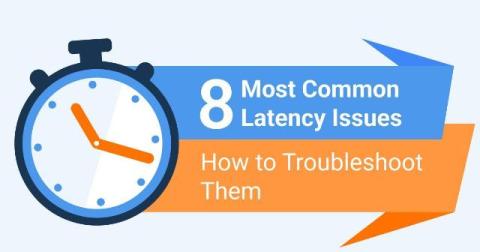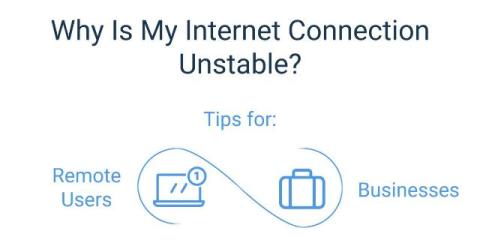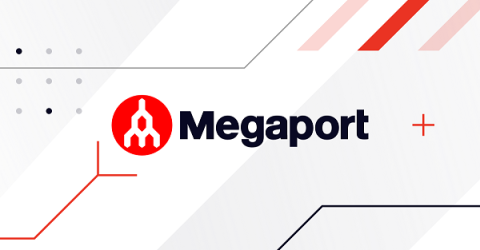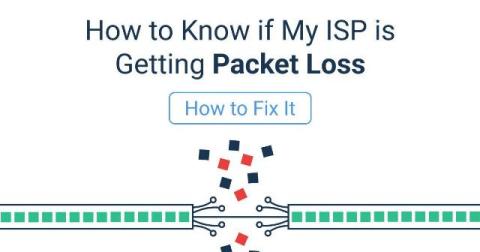8 Most Common Latency Issues & How to Troubleshoot Them
Whether you’re a business running cloud-based applications, an educational institution facilitating virtual learning or a remote worker, latency issues can be a major roadblock. At a time when businesses and remote workers depend heavily on cloud services, real-time communication tools like Zoom, and collaboration platforms such as Microsoft Teams, even a slight delay in network performance can disrupt workflows, cause frustration, and hinder overall efficiency.











